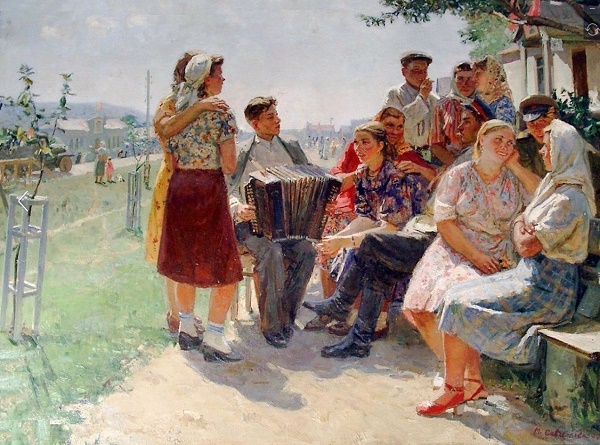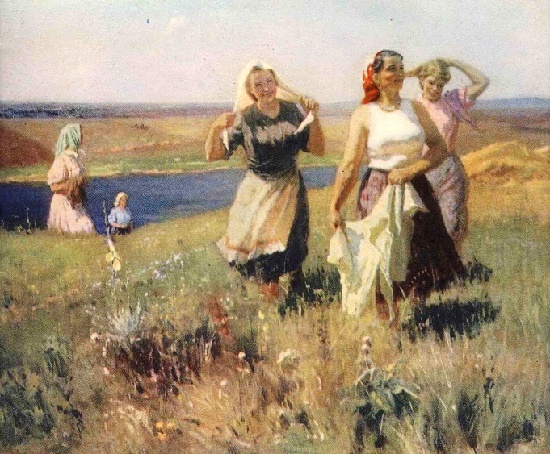Soviet Russian film actress Olga Krasina

Directed by Roman Tikhomirov film ‘The Queen of Spades’. 1960. Soviet Russian film actress Olga Krasina
Soviet Russian film actress Olga Krasina
The magnificent actress Olga Krasina! It seems that the time has long passed when I was fascinated by the Queen of Spades movie, and now, having reviewed it again now, I still have the same feeling of a beautiful acting ensemble. Olga Krasina, in my opinion, is simply a find in this film! One can’t find a face, and indeed the whole appearance for this role. There is something directly divine in her. A lovely charming appearance, and at the same time strength, naivety and credulity, at the same time some kind of tragedy and predestination.
At the end of the filming of The Queen of Spades, Olga Mikhailovna was admitted to the State Institute of Theater and Cinema, from which she graduated in 1964.
Olga Mikhailovna Krasina was born on May 24, 1941 in Moscow. The girl grew not only talented, but also hardworking. In addition to a school with in-depth study of foreign languages, she also graduated from a music school. In 1959, she entered the acting faculty of the State Institute of Theater and Cinema, the workshop of Sergei Gerasimov and Tamara Makarova. After studying for one semester, Krasina was invited to the role of Lisa in the movie opera The Queen of Spades, but Gerasimov flatly refused to let his student go on set. Not wanting to lose her role, Olga Krasina decided to leave the institute.
Read more »





